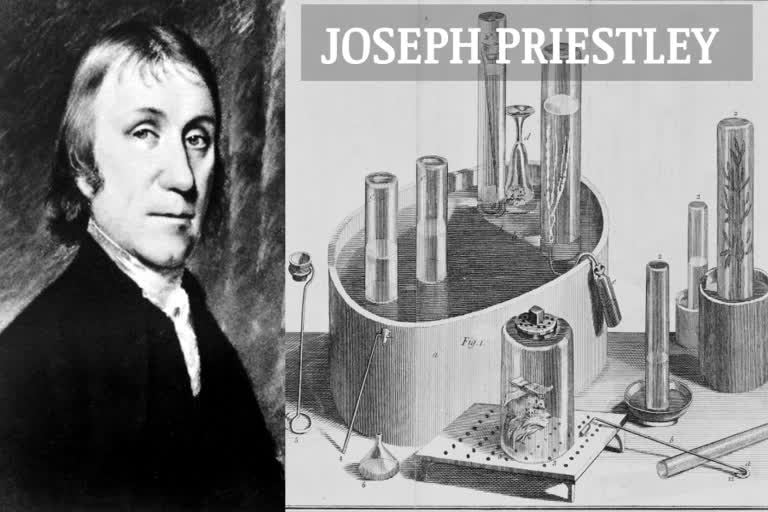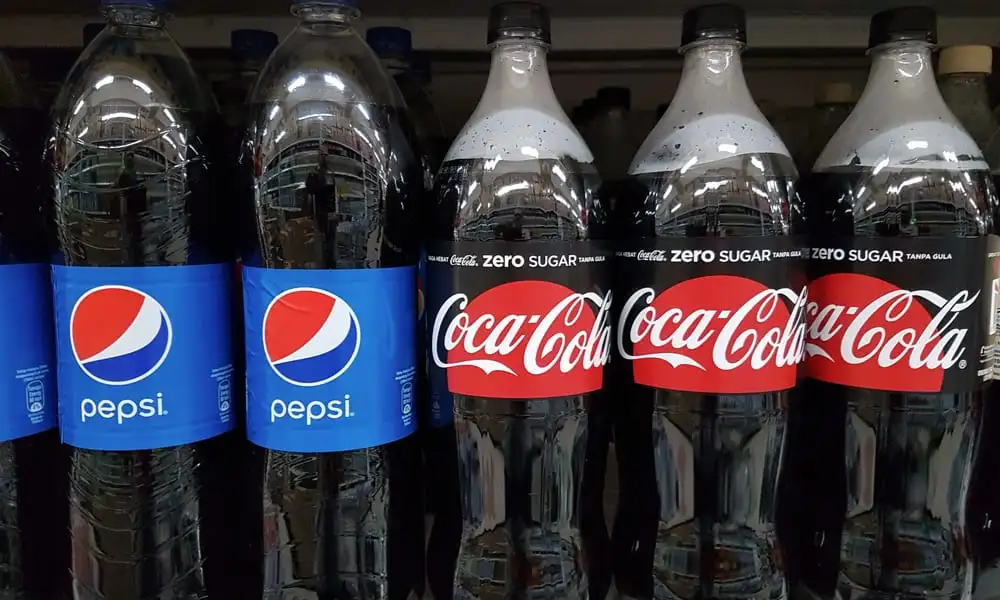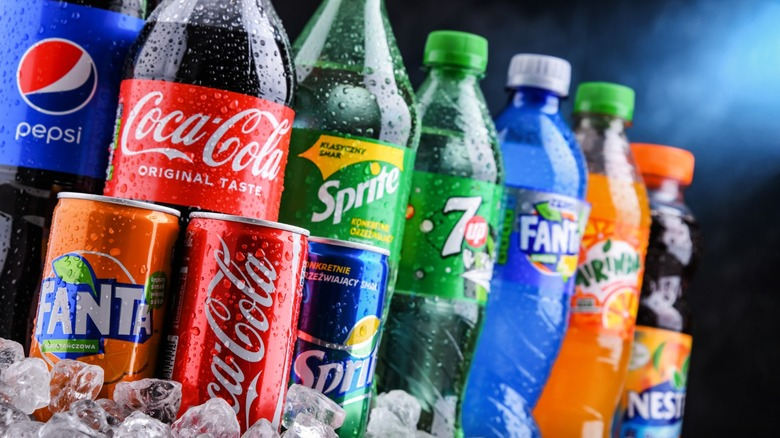
Carbonated soft drinks, a staple of modern life, trace their origins back to 1767 when Joseph Priestley, a British chemist, invented the first carbonated drink. Priestley’s groundbreaking experiment with brewery gas produced water infused with carbon dioxide, leading to the discovery of the fizzy beverage that would forever change the world of drinks.
The Birth of Carbonation: Priestley’s Experiment
Joseph Priestley’s experiment with carbon dioxide marked the birth of carbonated water. Although he didn’t intend for it to be a commercial product, his invention caught the attention of others. By suspending a vessel of water over fermenting beer, Priestley was able to create bubbles in the water, producing the world’s first carbonated drink. His discovery sparked interest in creating a refreshing, fizzy beverage, laying the foundation for the carbonated soft drink industry.

Schweppes: The First Commercial Bottled Soda
Following Priestley’s work, Johann Jacob Schweppe, a German chemist, developed a method for mass-producing carbonated water. In 1783, he patented a process for producing carbonated mineral water and founded Schweppes, one of the first companies to bottle and sell carbonated beverages. Schweppes initially offered sparkling water, but it soon expanded its offerings to flavored sodas. The brand’s success paved the way for other soda companies to emerge, turning carbonated beverages into a popular drink choice.
Video:
History of the Soft Drinks Industry
Coca-Cola and Pepsi: The Rise of Soft Drink Giants
The real explosion of the carbonated soft drink market came in the late 19th century with the creation of Coca-Cola and Pepsi. In 1886, John Stith Pemberton created Coca-Cola, initially marketed as a medicinal tonic. Its refreshing taste quickly gained popularity, and by the 1890s, Coca-Cola was a household name. The drink’s success was driven by innovative advertising and its unique flavor, making it a favorite in soda fountains.

Pepsi was created a few years later, in 1893, by Caleb Bradham. Originally marketed as a digestive aid, Pepsi also grew in popularity. After a rebranding in the early 1900s, Pepsi became a direct competitor to Coca-Cola, sparking the rivalry between the two that continues to this day.
Innovations That Changed the Industry
Several innovations in the late 19th and early 20th centuries helped solidify carbonated soft drinks as a global phenomenon. The invention of the bottle cap in 1892 was crucial, as it allowed beverages to be sealed securely, maintaining the carbonation and making it possible to store and distribute soda efficiently. This development was followed by the introduction of vending machines in 1888, which provided convenient access to soft drinks in public spaces.
Video:
How It’s Actually Made – Soft Drinks
Global Popularity and Continued Innovation
Throughout the 20th century, the carbonated soft drink industry expanded globally. Coca-Cola and Pepsi spread to countries around the world, and their influence grew as they became synonymous with American culture. The soft drink market continued to evolve with innovations such as diet sodas and zero-calorie options, meeting consumer demand for healthier choices without sacrificing taste.
Today, carbonated soft drinks remain an integral part of the global beverage industry. With a wide variety of brands and flavors, they continue to be enjoyed by millions of people worldwide, representing a rich history of innovation and cultural impact.

Conclusion: A Beverage That Changed the World
From Joseph Priestley’s first carbonated water to the iconic global brands of Coca-Cola and Pepsi, the story of carbonated soft drinks is one of discovery, innovation, and enduring popularity. These fizzy beverages have transformed the way we drink, and their legacy continues to influence the beverage industry. Whether in a soda fountain, vending machine, or at home, carbonated soft drinks remain a beloved and refreshing part of everyday life.



